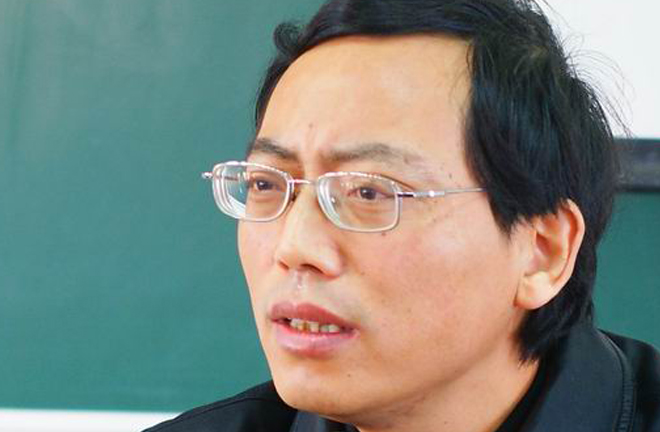ZHANG YOUDE: Better planning needed to make cities smarter
 The Central Urban Work Conference from Dec. 20 to 21 has ushered in a new era for urban development in China. However, there will also be various risks and challenges.
The Central Urban Work Conference from Dec. 20 to 21 has ushered in a new era for urban development in China. However, there will also be various risks and challenges.
Chinese urbanization stalled for a long time before it sped up with the reform and opening up. Since then, the urban population has grown at an annual rate of 1 percent. Now, the urbanization level is approaching 55 percent. It is recognized around the world that the benchmark that represents the beginning of an “urban era” is 50 percent of urbanization. This shows that China has already entered an era characterized by accelerated urbanization.
When China held the Shanghai World Expo in 2010, it had an urbanization level of more than 48 percent. The application, preparation and organization of the expo laid a solid foundation for China to welcome the arrival of the urban era.
In an urban era, the top two concerns are finding ways to deal with the relationships between population, resources and the environment, and ways to respond to all kinds of security challenges. China needs to follow global trends and adapt itself to the urban era as soon as possible. It missed the historical opportunities of the Industrial Revolution. Now, it will not and cannot afford to miss new opportunities.
Rapid development after the reform and opening up gave great impetus to urbanization in China. However, the potential of urbanization has not been fully tapped, and the current urbanization process has not completely met the needs of the people. Moreover, the past growth model has failed to improve urban lifestyles.
China has encountered increasing challenges in the urbanization process. Various “urban diseases,” such as traffic congestion and environmental pollution, have increasingly become an obstacle to the further development of China in the urban era. At the same time, millions of rural people have flooded into cities to work. Despite this, the cities are far from a home for these migrant workers.
Well aware of this, China’s new leadership has instituted a top-level design to develop a new model of market-driven urbanization. Promoting modernization in this way is the best choice for China to combat challenges that may arise as it pursues the “new normal.”
A livable city should be secure above all. A series of incidents this year, including the terrorist attacks in Paris and the massive explosions in the Tianjin Port, indicate that urban public security is a common challenge to all countries around the world.
In addition, China needs to introduce new concepts of development as well as comprehensive planning while reforming its system, conducting restructuring and enhancing total factor productivity in order to avoid risks.
The Central Urban Work Conference has charted a clear roadmap to promote modernization with a new model of urbanization. China will put more emphasis on the application of the scientific layout and rule of law in terms of urban planning, construction, operation and governance.
Moreover, China needs to properly handle the relationships between mega-, large, middle and small cities as well as the relationships between cities and towns. Also, it should strengthen infrastructure construction to make the city smarter and more livable. Only in this way can China deal with all risks in the urban era.
In such a context, Chinese decision-makers have proposed building a new model of urbanization based on an innovative, coordinated, green, open and shared concept of development in order to realize modernization.
The article was translated from the Liberation Daily. Zhang Youde is director of the China Research Society of Urban Development and a professor from the Urban Development and Security Center at Shanghai University of Political Science and Law.
